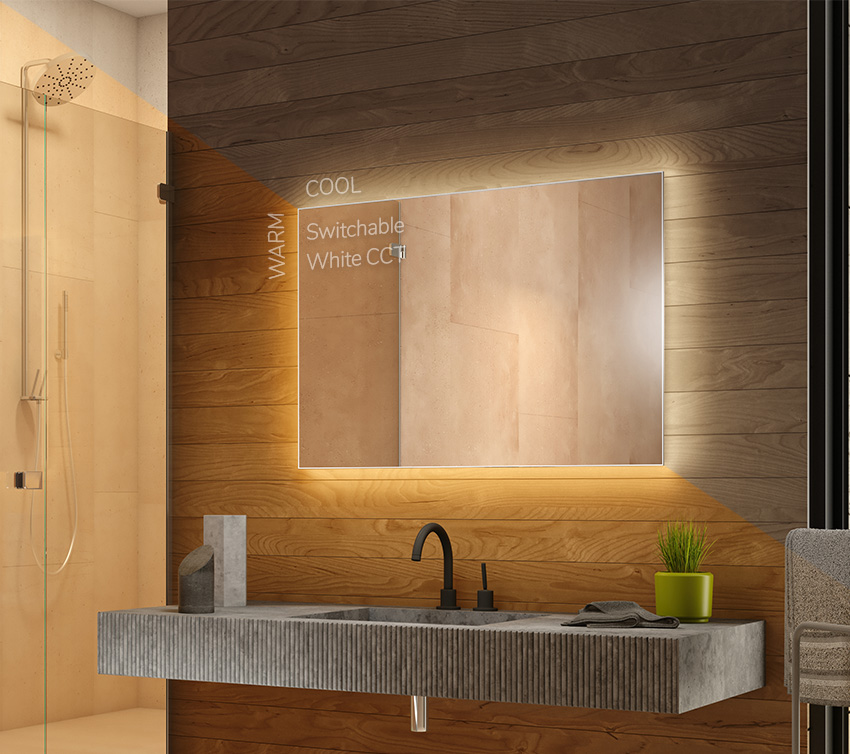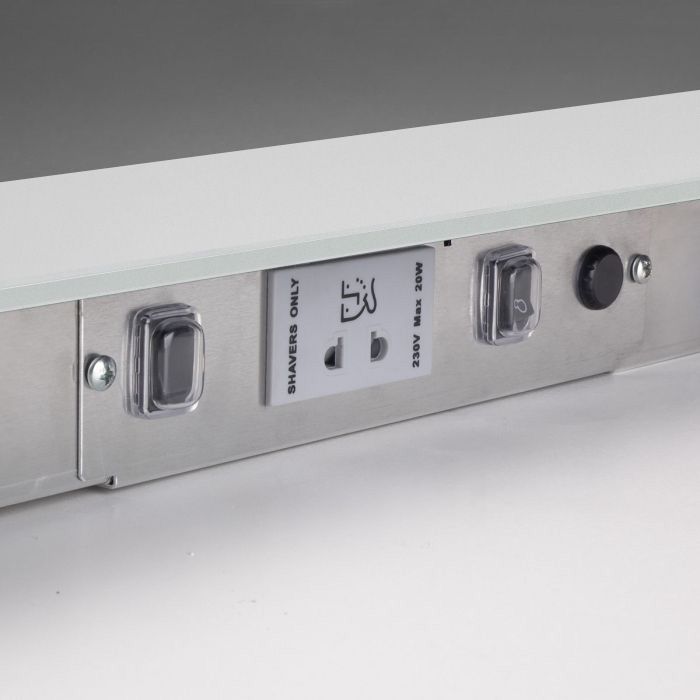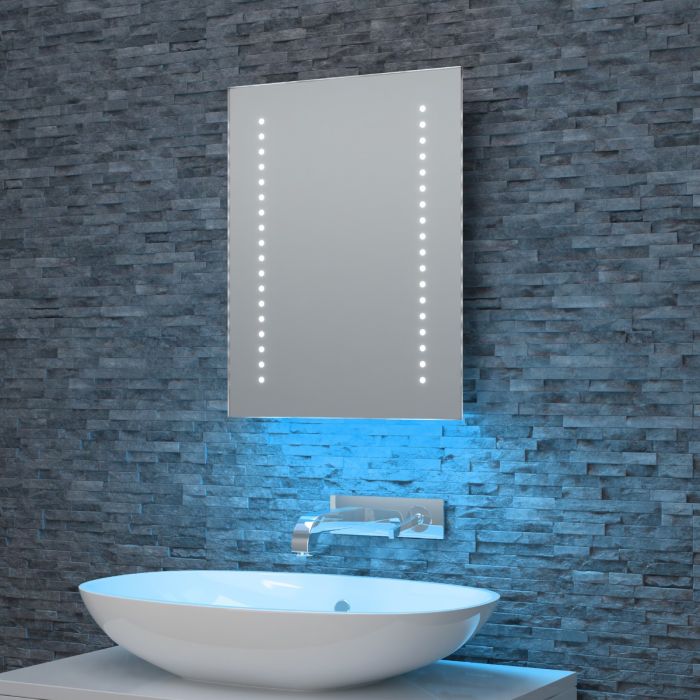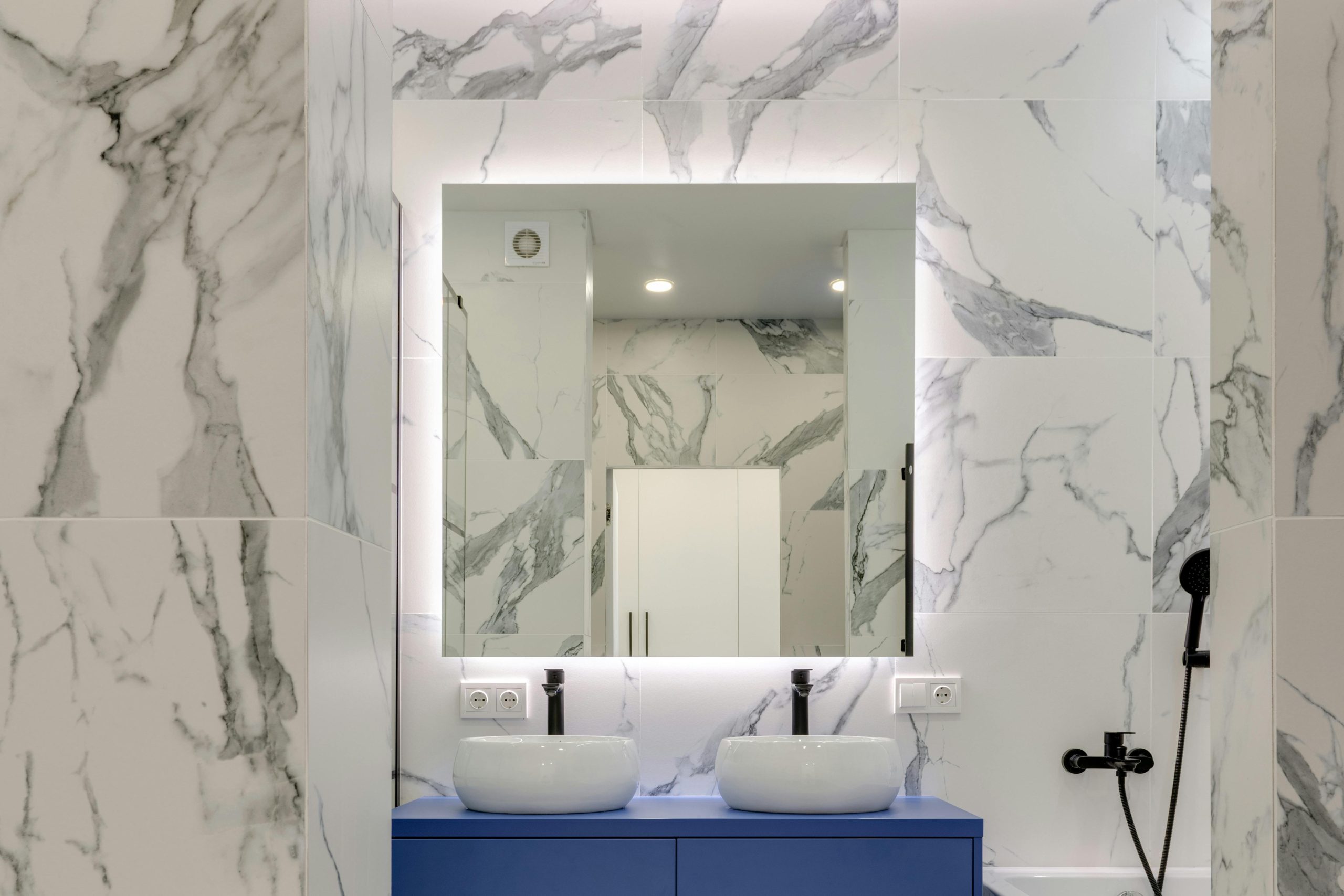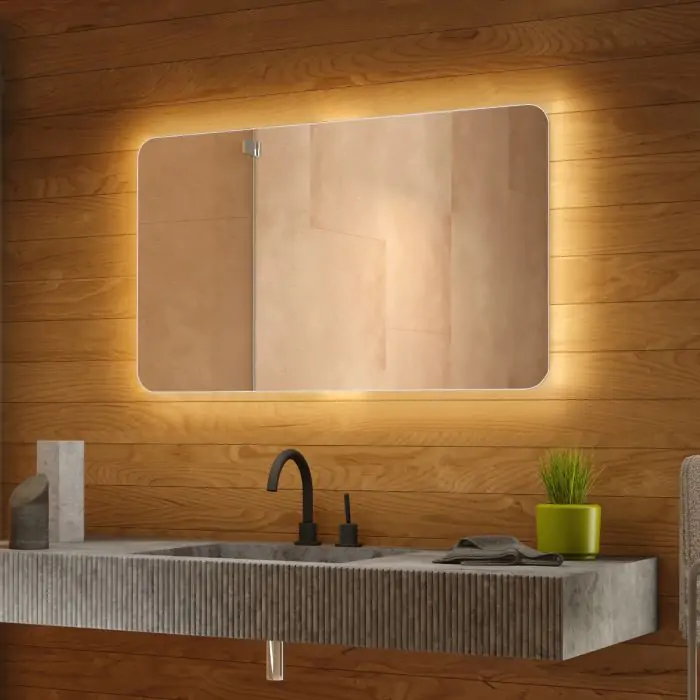5 reasons why a lighted mirror can make your bathroom more eco-friendly
-According to data collected by the Office for National Statistics in the summer of 2023, almost 90% of adults in Great Britain have made at least some eco-conscious changes to their lifestyles.
You may be surprised by how easily you can “green” your bathroom when you know how. Have you considered switching to recycled toilet paper, cleaning the bath, toilet and sink with biodegradable wipes, and using soap bars rather than liquid soap from plastic bottles?
Doing your bit for the environment doesn’t have to deny you a lighted mirror in your bathroom, either — as the following points show.
Our products are truly built to last
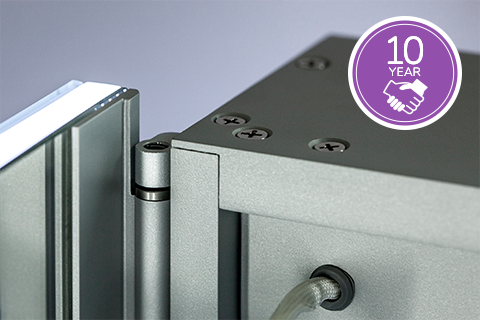
We select only high-quality components for inclusion in the bathroom mirrors we offer, which we make by hand to ensure we can keep watch over every stage of the assembly process.
This leaves us with so much confidence in the build quality of our mirrors, that most of them come with a 10-year guarantee.
We wouldn’t want you to have to replace a bathroom mirror only a few years after buying it — especially if it could risk ending up on a landfill as a result.
We use easily recyclable materials as standard
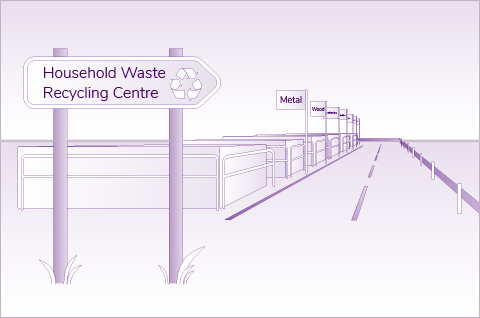
Once we have provided you with an illuminated mirror, your household will hopefully enjoy using it for far longer than even the 10-year guarantee period.
Nonetheless, if you decide to replace this mirror sooner (for example, because your aesthetic tastes change), it will be perfectly possible for many of its materials — including aluminium, electrical components, and the reflective glass — to be recycled via a recycling facility near you.
Our bathroom mirrors consume energy efficiently
Why is this the case? Well, the illumination on these mirrors comes from LED lights, which use 90% less energy than conventional incandescent lightbulbs.
Also, we equip all our LED mirrors with infrared on/off sensors. So, you can switch the lighting on or off just by waving a hand at the sensor. It’s all so easy that you are less likely to overlook switching off those lights before leaving the room.
We are sourcing more and more components locally
We have long relied heavily on Chinese parts due to their impressive quality. Over time, however, we have also established relations with more British suppliers.
Naturally, those components that we do order from the UK & European markets don’t have to be transported over as long a distance in order to reach our workshop. This all bodes well for our carbon footprint — and by extension, your own when you buy a bathroom mirror from our team.
We take a bespoke approach
When you initially ask us for a lighted bathroom mirror, you can specify the design you want for it. When we have this information at close hand right from the start of the manufacturing process, we can save ourselves from using more materials and other resources than strictly necessary.
To learn more about the green benefits you can reap from adding a lighted mirror to your bathroom, please contact us.



